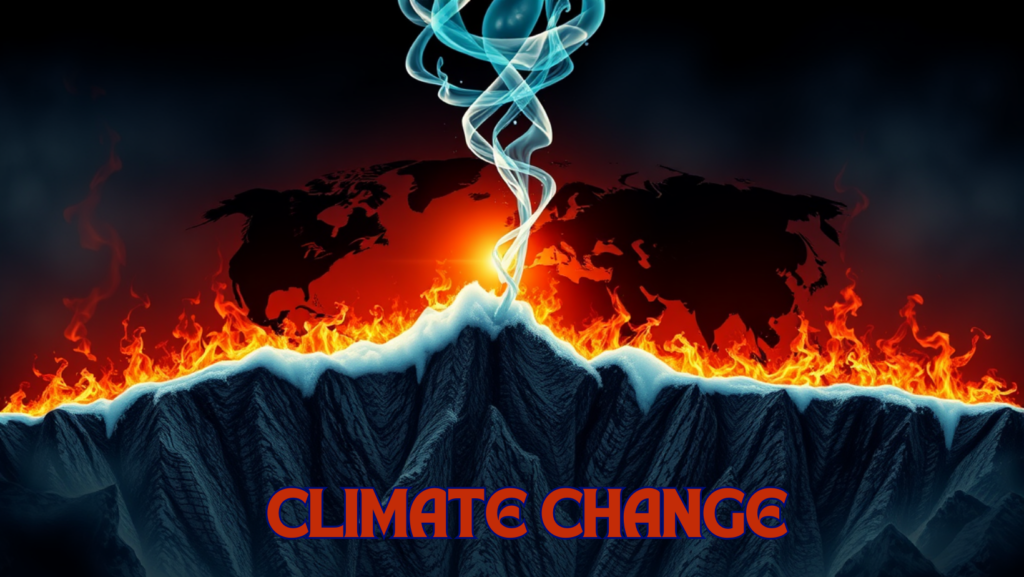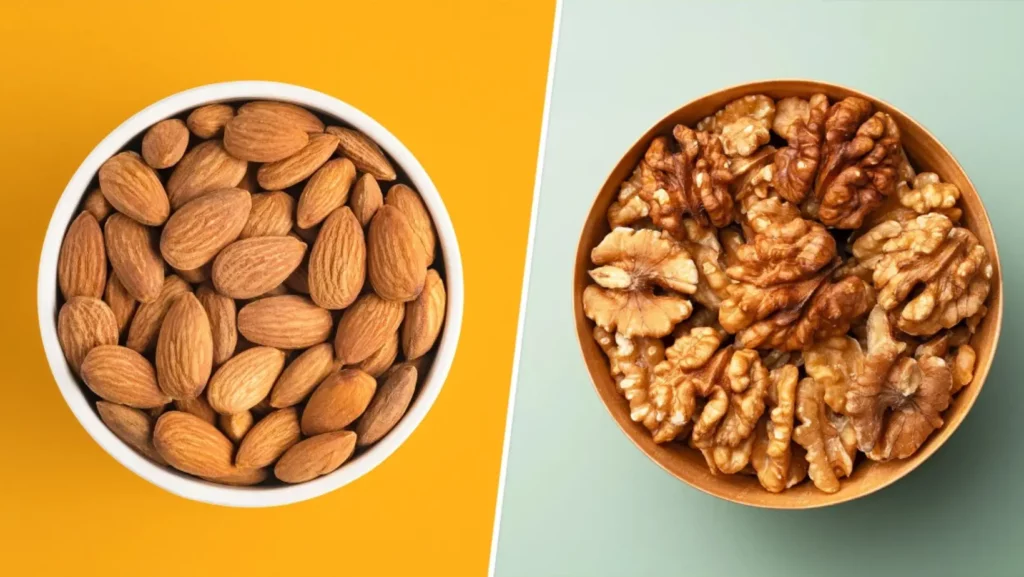Climate change is a change in global temperatures and weather patterns that are caused by human activities on a daily basis. Earth basically experiences some climate change because of the closeness of the sun and various volcanic activities.
Climate change might be a global problem, but it affects your everyday lives, too. Climate change’s increasing temperatures and extreme weather affect the food you eat, your health, your living situation and even your bank account. In this article, we’ll explore how climate change changes the daily lives of people worldwide, who bears the brunt of the burden and what you can do to work against it. In addition, as there’s so much misinformation on climate change, we’ll teach you how to find high-quality information and debunk harmful climate change myths.
How Climate Change Will Impact Your Daily Life?
Climate change leads to rising temperatures and extreme weather, reducing food and water access. It also makes you prone to more illnesses and diseases, including heat stroke and asthma. Managing extreme temperatures and weather consumes more energy, which raises the cost of living.
Health and Wellbeing
Heating air pollution, produced by combustion of coal and oil, and increased temperature can pose a variety of health risks, including heat stroke, dehydration, asthma, allergies, and respiratory disease. Severe rain and flooding also increase your risk of waterborne illnesses and chemical contaminant exposure. The real or perceived stress of experiencing major weather events can also increase your likelihood of possibly developing anxiety, PTSD, or depression.
Warmer temperatures also allow mosquitoes and ticks to emerge sooner in the season and spread into more areas, leading to an increased risk of vector-borne diseases such as Lyme disease and malaria.
Experiencing extreme weather events, like fires, hurricanes, droughts, and flooding, also puts you at increased risk of physical harm.
Food
Warmer temperatures and more extreme weather diminish crops and seafood, making it more difficult to obtain the food you require. But wheat and corn which are among our most important crops turn out to be more difficult to grow and less nutritious in droughts and flooding that change soil erosion and nutrients. Warmer water temperatures also harm fish and shellfish reproductive processes and expose them to toxic algae contamination.
Heat and excessive weather also make it harder for farmers and fishers to do their work, further disrupting food production.
Worsening weather also disrupts food distribution systems by weakening roads and waterways, amplifying global food insecurity.
High temperatures and droughts also make it harder to get water, and extreme weather like flooding can taint it.
Cities and Infrastructure
Flooding and other extreme weather damage roads and bridges, making it harder for you to travel around your city to reach crucial locations, like hospitals and grocery stores. You’re also putting extreme strain on heating and cooling systems and communication networks that make it possible for you to cool your house or office or call for help when you need it.
Damage from climate change is more forceful in coastal cities than in those further inland. The erosion and flooding from rising sea levels destroy roads, bridges, and buildings.
Cost of Living
Thus, as the impacts of climate change grow, so do prices. Hotter temperatures, and extreme weather events such as droughts, lead you to consume more energy and water, both of which drive up your bill every month. Because climate change impacts agricultural production as well as the shipping of goods, food, clothing, and household goods are also more expensive.
Building materials and appliances that help mitigate the effects of climate change can also be pricier, making it more costly for you to purchase or rent a home.
Tourism
Climate change is impacting natural areas all over the world, limiting your access to those spectacular places and curtailing tourism dollars in the countries that rely on it. Droughts and wildfires are destroying lakes and forests; rising sea levels and warming waters are eroding beaches and killing coral reefs. Warmer temperatures decrease the amounts of snowfall, which also makes colder places less of a destination.
Tourism doesn’t just harm tourists — folks who live in tourist destinations rely on tourism to earn a living and live.
Things that contribute to climate change, like deforestation, also destroy natural areas and harm tourism.
Safety
Food scarcity, rising prices, declining health, and stress arising from climate change can all increase conflict and violence. When climate change leads to people being displaced, the risk of gender-based violence health, and safety for women and girls increases.







